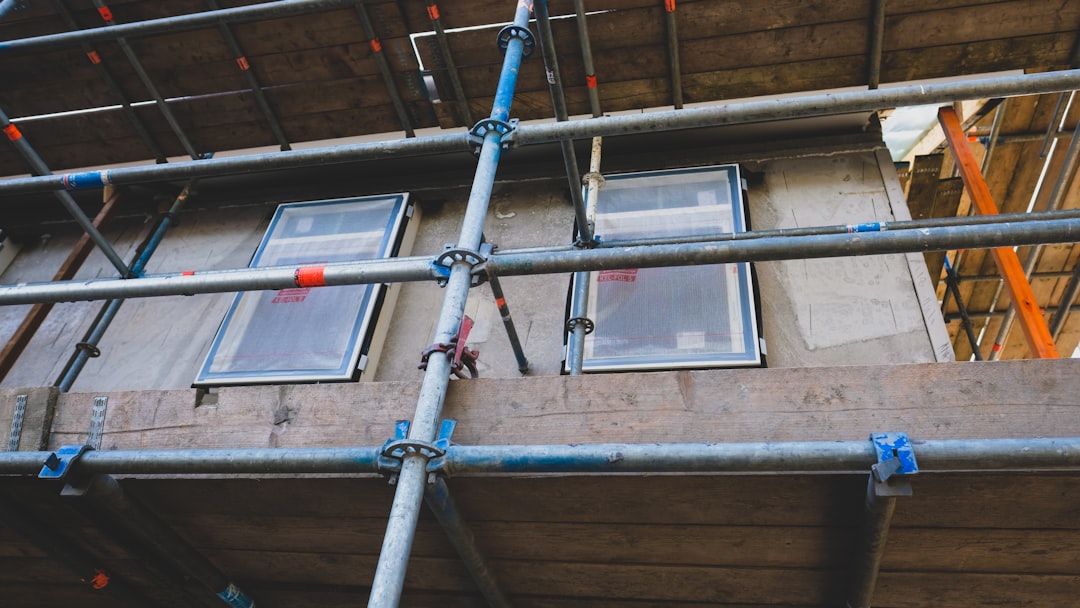
The fascia board is the horizontal finishing edge that caps the end of rafters, closes off the attic, and creates a clean line for gutters. In short, it protects your home from weather while boosting curb appeal. Knowing how to hang fascia board correctly is therefore an essential skill for every residential contractor and serious DIYer. At CountBricks, we combine hands-free AI estimating, realtime material pricing, and blueprint takeoffs to make sure the job is done right—on paper and on-site.
Before you pick up a saw, open CountBricks.com/services and start a voice conversation with our AI estimator. In less than five minutes you will have:
• A complete scope line for fascia and soffit installation
• Current lumber prices pulled from local suppliers
• Labor hours benchmarked against regional averages
• A downloadable quote you can hand to a client or your own crew
Proper planning prevents wasted off-cuts and last-minute store runs, two of the biggest cost drains in residential work.
• Primed or treated fascia boards (typically 1×6 or 1×8)
• Construction screws or ring-shank nails
• Exterior-grade sealant and paint
• Carpenter’s square and chalk line
• Circular saw with fine-tooth blade
• Drill/driver with countersink bit
• Ladder or scaffold rated for residential work
Need a quantity breakdown? Upload your roof blueprint to CountBricks.com/takeoffs and receive board counts within seconds.
Check the ends of each rafter tail for rot or warp. Any defects here will telegraph through the finished fascia. Replace damaged tails before moving on.
Snap a chalk line along the rafter ends. Measure the total run of each elevation and add 1/8" for a snug fit at corners. Enter these dimensions in CountBricks so your material list auto-updates.
End-grain is particularly vulnerable to moisture. Coat each cut edge with exterior primer before installation.
1. Start at a corner and align the top edge of the board flush with the rafter tails.
2. Drive two fasteners at every rafter—one high, one low—to prevent cupping.
3. Re-check level after the first 4-foot section; small errors multiply quickly down a 40-foot wall.
Cut boards so no two joints align on adjacent rafters. A 32-inch stagger is ideal for residential spans.
• For outside corners, use a 45-degree miter and back-block the joint with scrap to prevent splitting
• For inside corners, butt-joint the trailing board into the leading one, then seal
Fill fastener holes with exterior wood putty. Run a bead of high-quality sealant along the top seam, then apply at least two coats of paint before gutters are installed.
• Under-ordering material: CountBricks takeoffs include 10% waste factor by default
• Misaligned gutters: Our AI prompts you to verify slope and fascia level before final fastening
• Hidden labor overruns: Realtime cost tracking in CountBricks.com/estimates alerts you when crew hours exceed plan
• Always tie off when working above 6 ft. CountBricks job safety analysis (JSA) template is available inside every project dashboard
• Use two-person lifts for boards longer than 16 ft
• Keep all power tools on ground-fault protected circuits
Fascia rarely stands alone. It interacts with roof decking, soffits, gutters, and even siding transitions. Thanks to the modular structure inside CountBricks:
• You can toggle associated tasks—like vinyl soffit or aluminum drip-edge—on or off with one click
• Material substitutions (PVC vs. wood) automatically adjust both cost and labor coefficients
• Voice commands let you add contingencies (“add two hours for unforeseen rafter repair”) without touching a keyboard
Mastering how to hang fascia board is equal parts craftsmanship and cost control. With CountBricks handling the math, you’re free to focus on straight cuts, tight joints, and a finished product clients will admire for decades. Ready to streamline your next residential fascia project? Start a free demo at CountBricks.com/consultation today.

A recent CountBricks client in the Bronx faced peeling paint and water-damaged rafters on a classic 1920s brownstone. The homeowner wanted modern protection without losing historic character.
1. The contractor opened a new project in CountBricks and dictated: “Replace existing 1×6 wooden fascia with 1×8 primed cedar, include drip-edge and gutter reinstall.”
2. Within 180 seconds, our AI produced a line-item estimate showing 170 linear feet of fascia, 2 journeymen for 1.5 days, and all hardware—priced at local supplier rates.
• Crews followed the same seven-step method outlined in the main article, leveraging staggered joints to preserve the original cornice profile
• CountBricks mobile dashboard sent push reminders for primer drying times, keeping work on schedule despite humid August weather
• A last-minute change to PVC in the rear alley was handled with a voice command, instantly updating material costs and the homeowner’s invoice
• 15% material savings compared to the contractor’s previous manual estimate
• Zero change orders—every hidden rafter repair had already been accounted for through an AI-suggested contingency
• A five-star client review noting “museum-grade joint lines” and “impressively transparent billing”
• Pre-paint fascia boards on sawhorses the day before; CountBricks will automatically shift those labor hours to avoid overtime
• Use color-matched fasteners—our material database lists them right beside lumber SKUs
• Photograph each corner joint and upload to CountBricks.com/portfolio to build a visual record that wins the next bid
CountBricks isn’t just software—it’s your digital foreman, estimator, and bookkeeper rolled into one. Put our platform to work on your next fascia upgrade and experience construction, calculated.